Home » The Monastery of Saint Catherine
Saint Catherine’s Monastery: A Historical and Spiritual Journey
Located at the foot of Mount Sinai in Egypt, Saint Catherine’s Monastery is one of the oldest continuously active Christian monasteries in the world.
Declared a UNESCO World Heritage Site, this monastery—also known as the Holy Monastery on the God-Trodden Mount Sinai—is a place of great historical, religious, and cultural significance.
Its rich heritage, ancient architecture, and invaluable collection of religious art and manuscripts make it a cornerstone of Christian monasticism and a major attraction for both pilgrims and scholars.
Historical Background
Saint Catherine’s Monastery was founded in the early 6th century, around 548 AD, by the Byzantine Emperor Justinian I.
It was built on the site traditionally believed to be that of the Burning Bush, from which God spoke to Moses as described in the Book of Exodus.
This bush, still living and protected within the monastery grounds, serves as a powerful symbol for the Abrahamic religions.
The monastery was originally dedicated to the Transfiguration of Jesus, a theme reflected throughout its art and liturgy.
Later, however, it became associated with Saint Catherine of Alexandria, a Christian martyr from the early 4th century.
According to legend, angels carried her remains to the mountain peak beside the monastery, where monks later discovered her intact body and renamed the monastery in her honor.
Architectural Features
The architecture of Saint Catherine’s Monastery reflects its historical and spiritual significance.
Surrounded by granite walls up to two meters thick and about eleven meters high, the structure was built to withstand invasions and protect the monastic community.
Within these walls lies a compact complex of chapels, living quarters, a library, and a charnel house.
The most significant building is the Church of the Transfiguration.
Its beautifully designed basilica, adorned with precious icons and mosaics—especially the 6th-century mosaic of the Transfiguration of Jesus—is one of the oldest surviving Christian structures and a masterpiece of early Christian art.
Library and Manuscripts
Saint Catherine’s Monastery houses one of the most important collections of Christian manuscripts and icons in the world—second only to the Vatican.
Its library contains over 3,000 manuscripts in various languages, including Greek, Arabic, Syriac, Georgian, and Slavonic, reflecting the monastery’s multiethnic and multilingual history.
Among its treasures is the Codex Sinaiticus, one of the oldest and most complete manuscripts of the Bible, dating back to the mid-4th century.
The monastery also holds around 2,000 icons, the largest collection of its kind.
These icons are not only religious artifacts but also invaluable works of art that provide insight into the development of Christian iconography.
Daily Life and Religious Practice
Life within the monastic community of Saint Catherine’s is centered on prayer, meditation, and work.
The monks participate in daily liturgies, manage the monastery’s extensive gardens, and care for its historical and artistic heritage.
The monastery remains an active religious site where Orthodox monks continue to live and practice their faith just as their predecessors have done for more than fifteen centuries.
Pilgrimage and Tourism
As a site of pilgrimage, Saint Catherine’s Monastery attracts thousands of visitors from around the world.
Pilgrims come to venerate the relics of Saint Catherine and to see the Burning Bush.
The surrounding area is also popular with hikers and tourists, many of whom climb Mount Sinai to witness the sunrise from its summit—an experience often described as deeply spiritual.
Preservation and Challenges
Throughout its long history, the monastery has faced various threats—from invasions to earthquakes.
Today, it encounters new challenges, such as preserving its ancient buildings and artworks while balancing the needs of tourism with the monastic solitude essential to its spiritual life.
Preserving this heritage is crucial to ensure it endures for future generations.
Conclusion
Saint Catherine’s Monastery remains a symbol of endurance and faith.
Its layers of history and deep spiritual meaning offer a unique window into the past, while its continued religious practice keeps it a living part of history.
For scholars, the monastery is an invaluable treasure trove of religious texts and icons.
For pilgrims and visitors, it offers a profound encounter with the divine.
The story of Saint Catherine’s Monastery is one of continuity, resilience, and renewal, echoing the eternal message of the Burning Bush:
“I am who I am.”




